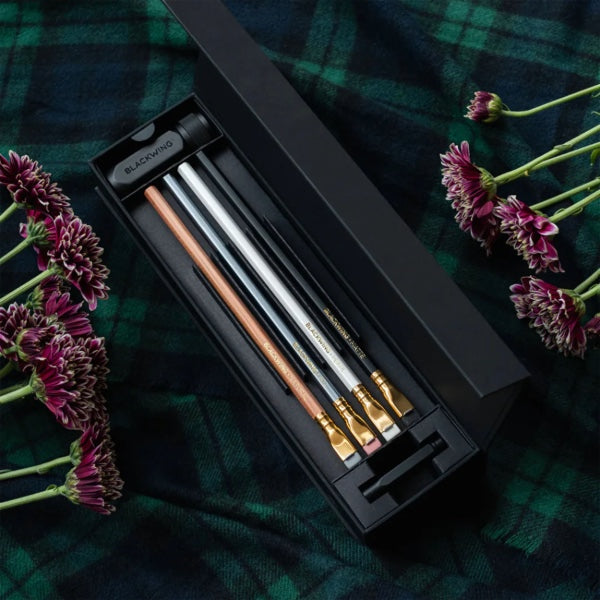What would string players do without rosin? Pluck. Because there's no way you're drawing a sound without rosin on the bow
Jokes aside, rosin is serious business. We often receive these questions from frustrated students:
"Why won't my violin make a sound when I play with the bow?" "Why is my sound so scratchy?" "Why do I sneeze when I apply rosin to my bow?" "Why is there so much residue left over from the rosin on the body of my violin?"
Rosin is one of the key elements to producing a sound from the strings with the bow. It creates friction between string and hair, so the hair can grab and pull vibrations that produce notes from the string. It's quite amazing when you think about it.
For an even sound, rosin must be applied evenly to the bow. It is recommened to spend five to 10 minutes rosining a new bow, and to apply a small amount after every six to eight hours of practice and performance thereafter. For some, that might be a weekly or bi-weekly affair, and for others, a daily one.
But let's answer a couple of the questions from above.
"Why won't my violin make a sound when I play with the bow?" You probably didn't spend the recommended five to 10 minutes rosining your new bow. In many cases, if the sound is uneven or slippery, it may be because you rosined the bottom portion of the bow well, but not the top and middle or vice versa. You must rosin the bow from bottom to top with each application.
"Why is my sound so scratchy?" This could be due to too much rosin on the bow, or you're using a not-so-great brand. We'll discuss this further in the article, but selecting a quality rosin also aligns with better tone production. Of course, a scratchy sound could also mean you're still learning how to effectively apply techincal elements, such as bow speed, contact point, and bow pressure.
"Why do I sneeze when I apply rosin to my bow?" Either you're applying too much and little fragments are tickling your nose, or you're allergic. This is another reason to assess the right rosin for you! There are plenty of hypoallergenic rosins on the market, today. Choose carefully.
"Why is there so much residue left over from the rosin on the body of my violin?" Once again, it could be because you're putting way too much on. It also may be the cheap quality of the rosin itself.
Elements of Selecting a Great Rosin
Obviously, you want a rosin that will create the optimal amount of grab and an even tone. You want a rosin that produces a nice sound. You want a rosin you're not allergic to. You want one that is durable, and won't break apart easily.
Some will select their rosin based on color. Dark rosins pump out bigger, stronger sounds, so cellists may opt to use these rosins, due to the thick strings. Light rosins produce a more silk or smooth tone, so this gives just enough pull for thinner strings.
Some rosins promise less dust production than others, and are promoted for use on violin, viola, and cello; you don't have to switch out rosins for each instrument.
Depending on the style, some players may enjoy the grittier sound of the cheaper rosins. They don't want a smooth and light tone, but a heavy and loud one. For example, a classical violinist playing Mozart opts for the lighter tone whereas a fiddler playing Orange Blossom Special may desire the more powerful and gritty sound.
With time, more rosins have popped up on the scene, giving a greater range to tones a string player produces. There are copper, silver, clear, and gold rosins now. Each one is said to have its own result on the sound.
One more note, how the rosin is packaged will effect durability. Rosin that comes in a box is less likely to break apart. Rosins coming in cloths or as cake rosin, while higher quality, may not last as long.
Where Do We Get Rosin from?
Rosin comes from the Pine Trees of a few Continents including Asia, North America, and Europe. Trees are not cut down for this process. Collectors tap the tree. Removing a small layer of bark, a hole is carved, a drip channel is installed, and a bucket catches the sap.
The saps are then mixed with other saps from other trees, depending on the luthier's special formula. They are heated, strained, and cooked for purification and hardening. The solid sap is the smoothened and polished, and outfitted for sale.







